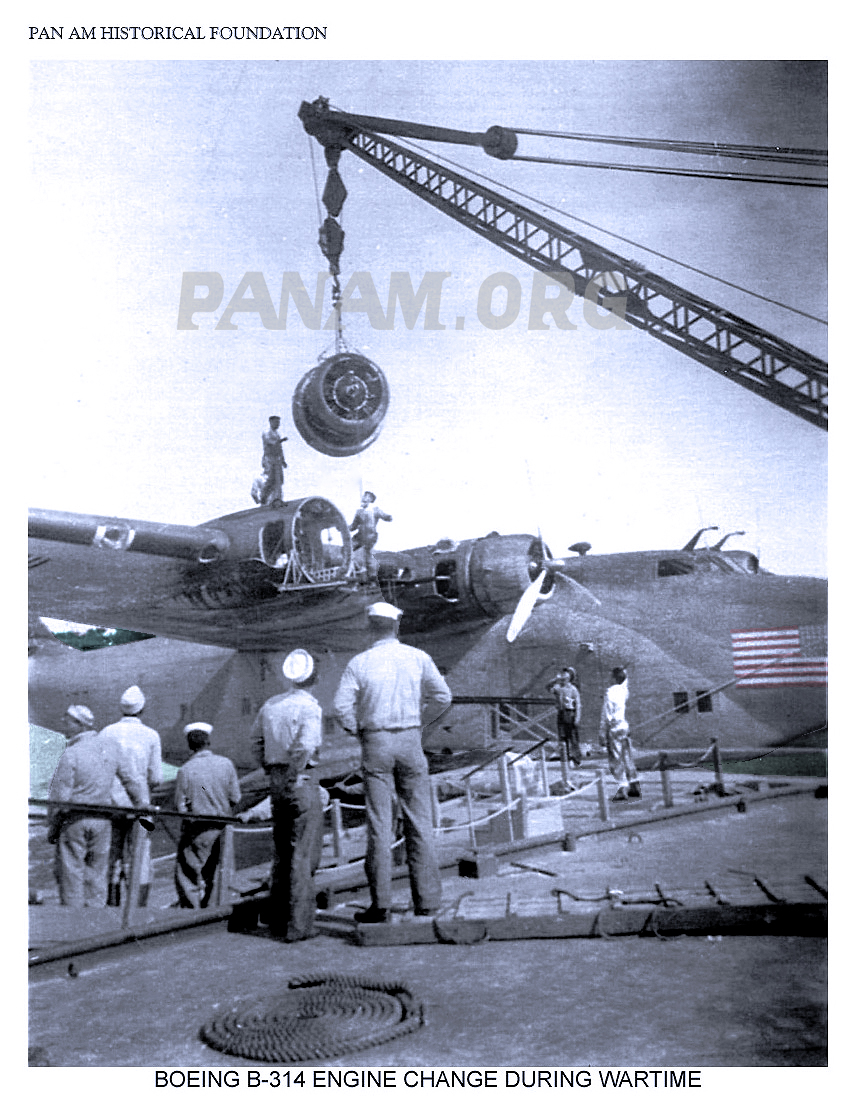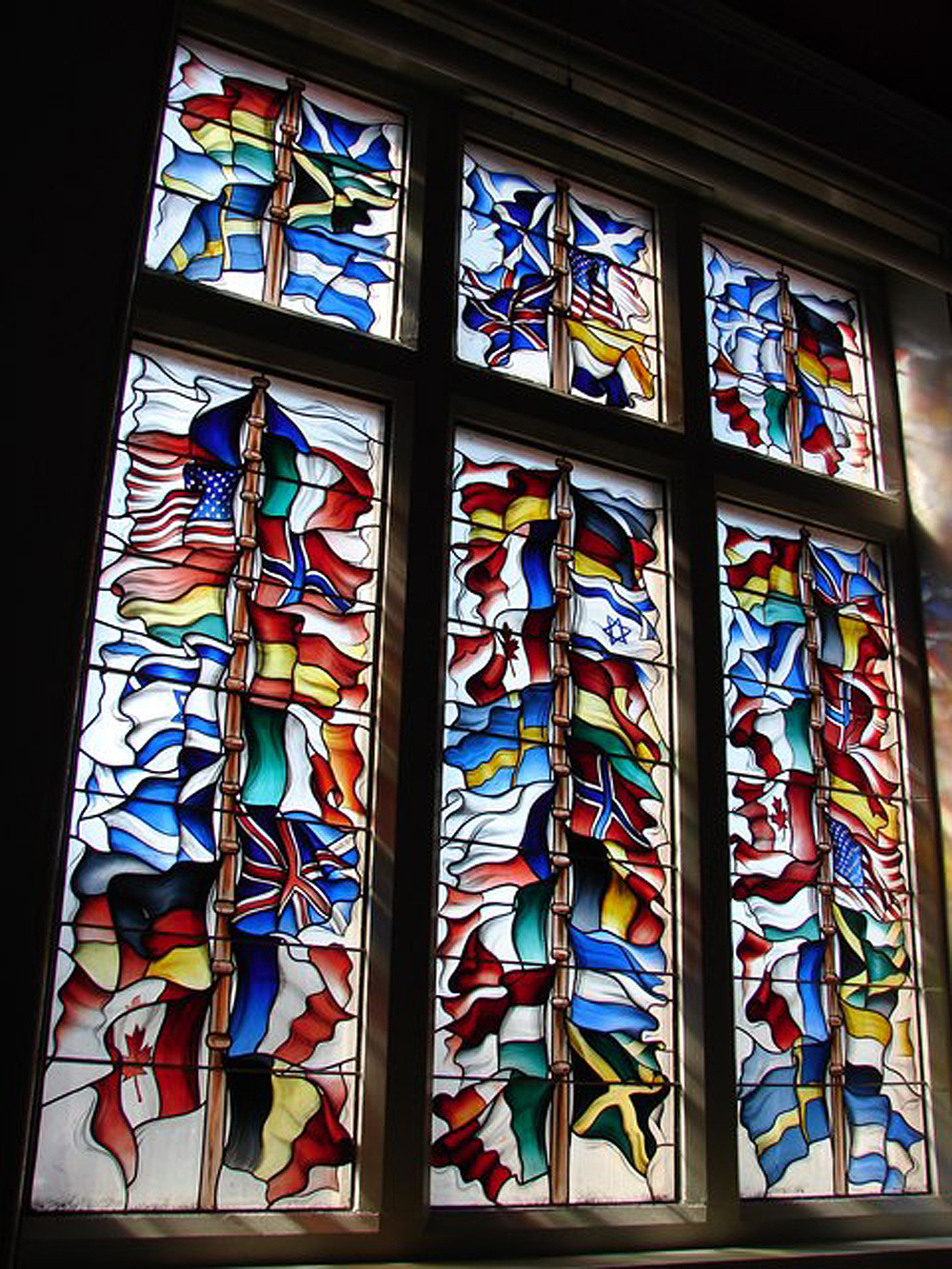Nancy Franklin wrote in a New Yorker magazine article about the 2011 ABC TV series Pan Am
"PAN AM IS THE RIGHT AIRLINE TO USE TO CONVEY THE SWEEP OF DECADES...
it grew to be not just a company with a fleet of airplanes but the very symbol of flight . . ."
That significance is particularly apt in December each year, bringing to mind three unalterable moments from Pan Am’s past. All three inescapably shaped the future - the world we live in now. In these three events spanning half a century, Pan American became, in turn, a critical national resource, the symbol of America, and finally an indelible historic standard. Seen with the perspective of time, the essential value of a unique American legacy can be comprehended more clearly. That hardly assuages personal loss, but for those who understand Pan American's unique heritage and place in history, it makes for a fuller appreciation of just how important a part of our world Pan Am was - and will remain, as long as we remember.
Lockerbie
Pan Am Memorial Window, Lockerbie Town Hall by Chris Newman, courtesy of Wikimedia Commons
December 21, 1988: Twenty-nine years since a wanton act of pre-mediated evil - the Libyan bombing of PA flight 103 - killed 270 people at Lockerbie, Scotland a name forever fused with an image of a crushed fuselage and memories of lives callously and horribly taken.
Pearl Harbor

December 7, 1941 was America's entry into World War II, a date so aptly described by FDR as one that will live in infamy. For Pan Am, that day marked a crystallizing moment, vindicating not just Juan Trippe's vision of a uniquely American world-girdling, ocean-spanning air transport system, but also the faith shown by the U.S. government in supporting Pan Am’s evolution. When the nation needed Pan Am - and in the early months of the war, it surely did - Pan Am answered the call. There was no alternative to Pan American's logistical, technological, and international capabilities for national defense.
Clipper Goodwill

December 4, 1991: It has been over a quarter-century since Capt. Mark Pyle guided Pan Am's Jet Clipper Goodwill to the gate at MIA, marking the final Pan American World Airways flight. The event was noted at the time with sadness, of course, along with disbelief, anger and a host of other emotions that defy easy definition. In the intervening years, the departure of Pan Am from the world's skies has - and continues - to occasion reflection and analysis on the unique contributions and value of America's legendary air carrier, still providing a standard that others inevitably face.




